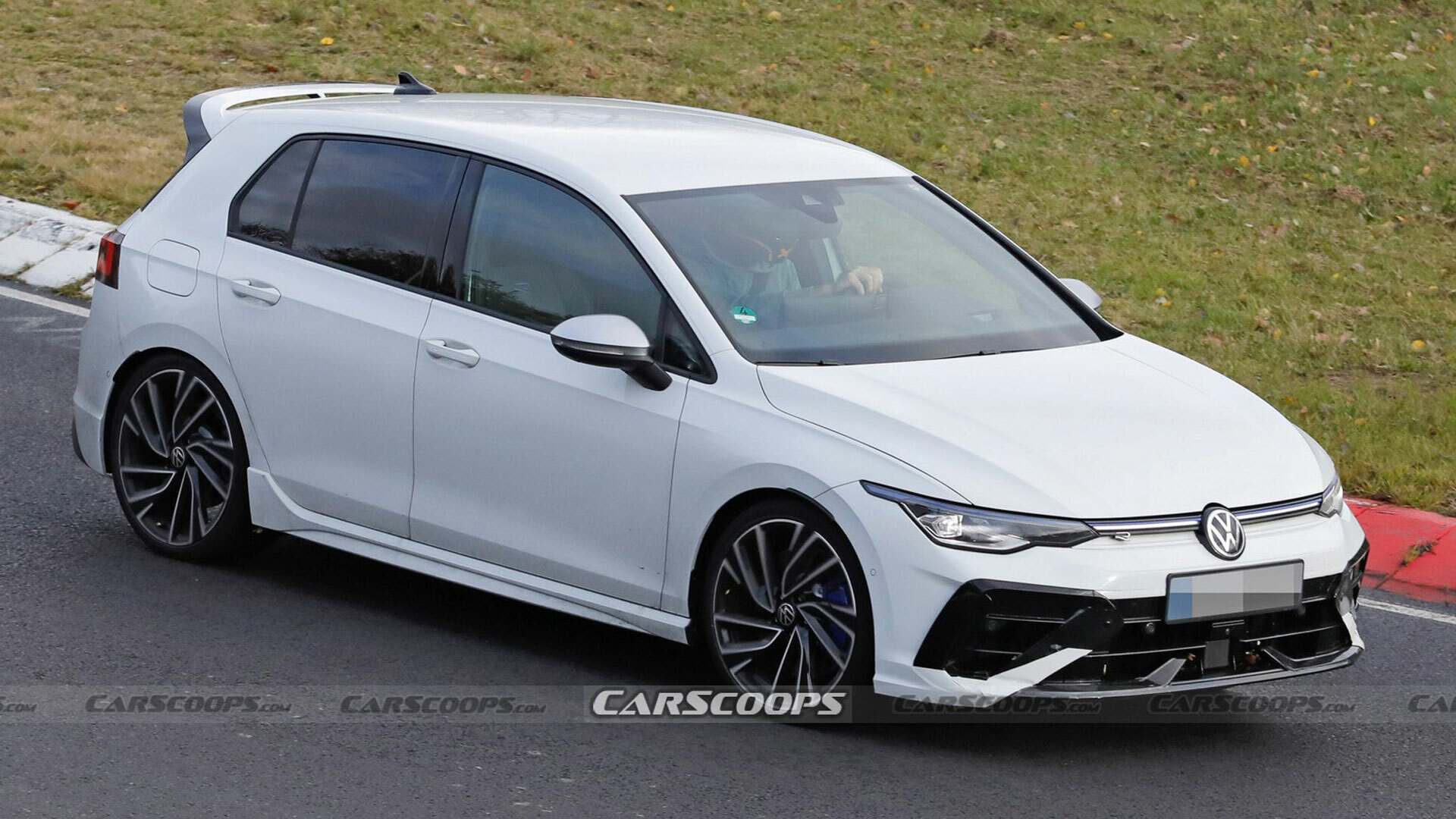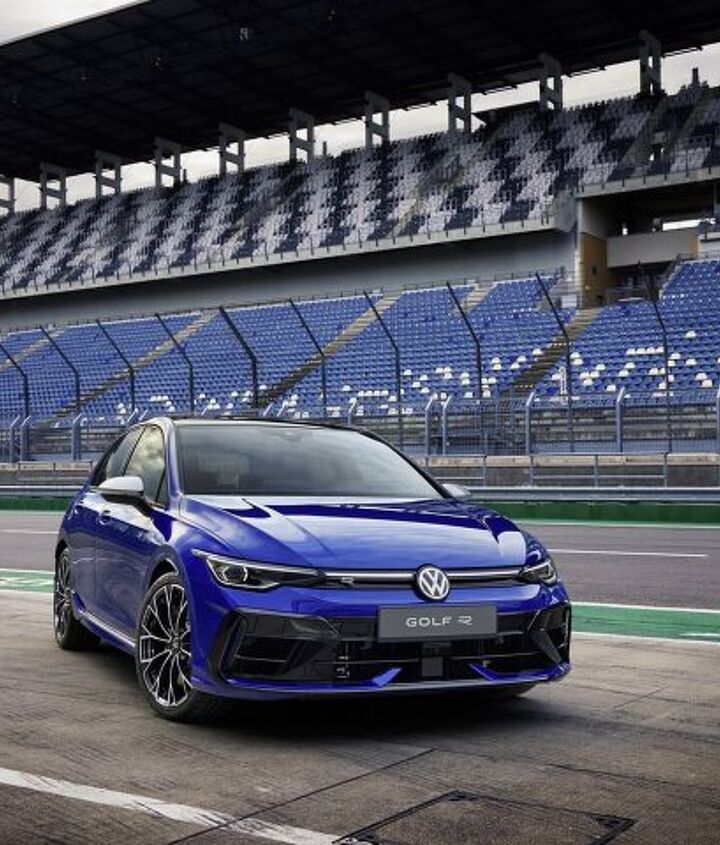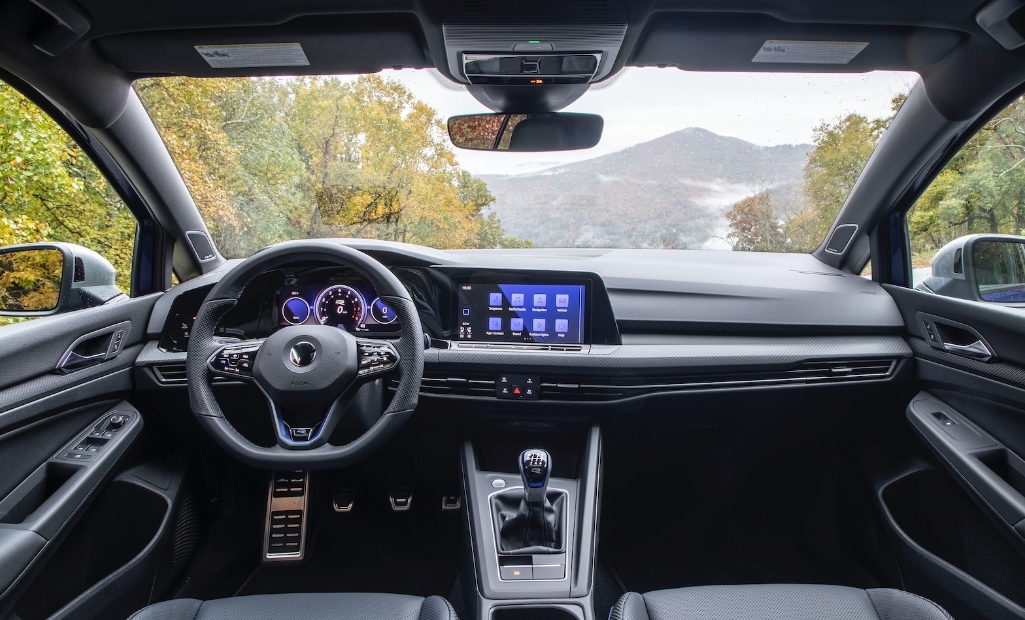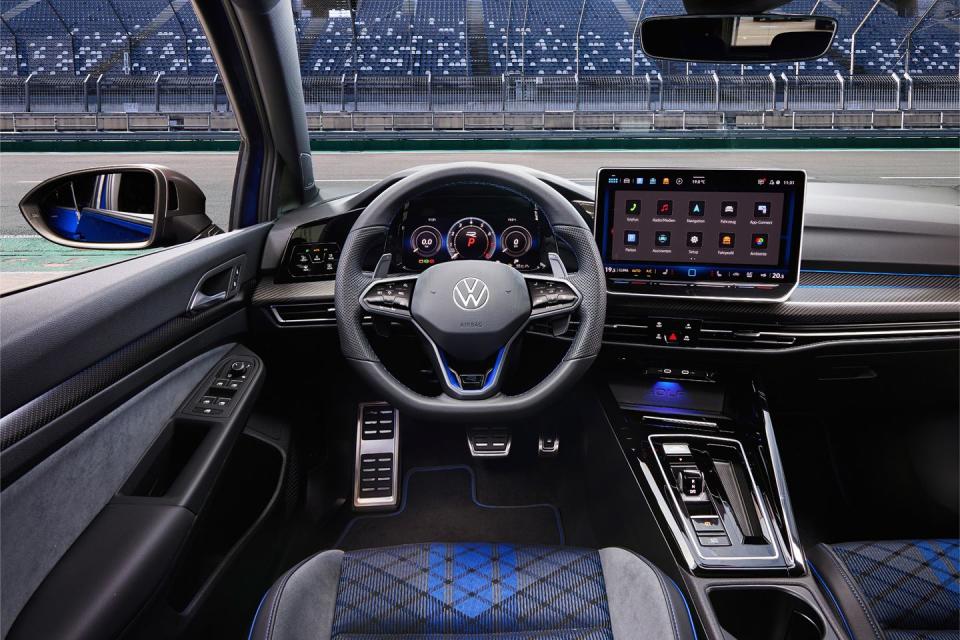The Evolution of Control: Exploring the Physical Buttons of the 2025 Golf R
The Evolution of Control: Exploring the Physical Buttons of the 2025 Golf R
Introduction
In this auspicious occasion, we are delighted to delve into the intriguing topic related to The Evolution of Control: Exploring the Physical Buttons of the 2025 Golf R. Let’s weave interesting information and offer fresh perspectives to the readers.
Table of Content

The Evolution of Control: Exploring the Physical Buttons of the 2025 Golf R
The automotive landscape is constantly evolving, with technology playing an increasingly central role. While touchscreens and digital interfaces dominate modern dashboards, the 2025 Golf R presents a unique approach, retaining physical buttons for key vehicle functions. This deliberate design choice reflects a conscious effort to balance technological advancement with the driver’s need for intuitive, tactile control.
The Case for Physical Buttons:
The 2025 Golf R’s physical buttons are not a nostalgic throwback, but rather a strategic design element grounded in practicality and user experience. Touchscreens, while offering a visually appealing and customizable interface, can suffer from several drawbacks:
- Distraction: Navigating menus and selecting options on a touchscreen can divert the driver’s attention from the road, compromising safety.
- Inconvenience: Touchscreens can be difficult to use while wearing gloves or in wet conditions.
- Lack of Tactile Feedback: The absence of physical buttons can lead to uncertainty about whether a command has been successfully executed, requiring visual confirmation.
Physical buttons, on the other hand, offer a number of advantages:
- Intuitive Operation: Familiar button arrangements allow for rapid and instinctive control, minimizing the need for visual confirmation and reducing distractions.
- Tactile Feedback: The physical act of pressing a button provides immediate confirmation, enhancing driver confidence and reducing the risk of errors.
- Durability and Reliability: Physical buttons are less susceptible to damage and malfunction compared to touchscreens, ensuring consistent functionality in various environmental conditions.
The 2025 Golf R’s Approach:
The 2025 Golf R strategically integrates physical buttons for critical functions, ensuring a balanced and intuitive driving experience. These buttons are typically found in areas where immediate and unambiguous control is essential, such as:
- Climate Control: Dedicated knobs and buttons allow for precise temperature adjustments and fan speed control without diverting the driver’s attention from the road.
- Audio System: Physical buttons provide quick access to volume control, radio station selection, and other audio functions, minimizing distractions while driving.
- Driving Modes: Dedicated buttons enable swift switching between driving modes, allowing the driver to tailor the car’s performance characteristics to the specific driving situation.
- Emergency Systems: Physical buttons for hazard lights, parking brake, and other safety-critical functions ensure immediate and unambiguous activation in emergency situations.
Benefits Beyond Functionality:
The presence of physical buttons in the 2025 Golf R goes beyond mere functionality. It represents a thoughtful design philosophy that prioritizes the driver’s experience:
- Enhanced Driving Focus: The intuitive nature of physical buttons allows drivers to maintain focus on the road, reducing cognitive load and enhancing safety.
- Increased Driver Confidence: The tactile feedback provided by physical buttons reinforces the driver’s sense of control, leading to a more confident and enjoyable driving experience.
- Preservation of Tradition: The inclusion of physical buttons in a modern performance vehicle like the Golf R acknowledges the enduring value of tactile control and resonates with drivers who appreciate the classic feel of a well-designed cockpit.
FAQs about the 2025 Golf R’s Physical Buttons:
Q: Why are physical buttons still relevant in a world dominated by touchscreens?
A: Physical buttons offer several advantages over touchscreens, including intuitive operation, tactile feedback, and increased reliability, particularly in demanding driving scenarios.
Q: How do the physical buttons enhance the driving experience?
A: They allow for rapid and instinctive control of critical functions, minimizing distractions and enhancing driver focus. The tactile feedback provides confirmation and a sense of control, leading to a more confident and enjoyable driving experience.
Q: Are there any drawbacks to using physical buttons?
A: While physical buttons offer significant advantages, they may limit the customization options available in a touchscreen interface. However, the 2025 Golf R prioritizes intuitive and reliable control, making physical buttons a suitable choice for essential functions.
Tips for Using Physical Buttons in the 2025 Golf R:
- Familiarize yourself with the button layout: Take the time to understand the location and function of each button before driving.
- Use the buttons confidently: Do not hesitate to use the buttons for their intended purpose, even while driving. The tactile feedback will provide confirmation of your actions.
- Maintain a safe driving posture: Keep your hands on the steering wheel and use the buttons with your fingers, avoiding unnecessary movements.
Conclusion:
The 2025 Golf R’s inclusion of physical buttons for key functions represents a deliberate design choice that prioritizes driver experience and control. This approach acknowledges the value of tactile interaction in a rapidly evolving automotive landscape, ensuring a balance between technological advancement and the driver’s need for intuitive, reliable control. The 2025 Golf R’s physical buttons are not a nostalgic throwback, but rather a testament to the enduring importance of human-centered design in creating a rewarding and safe driving experience.







Closure
Thus, we hope this article has provided valuable insights into The Evolution of Control: Exploring the Physical Buttons of the 2025 Golf R. We appreciate your attention to our article. See you in our next article!
